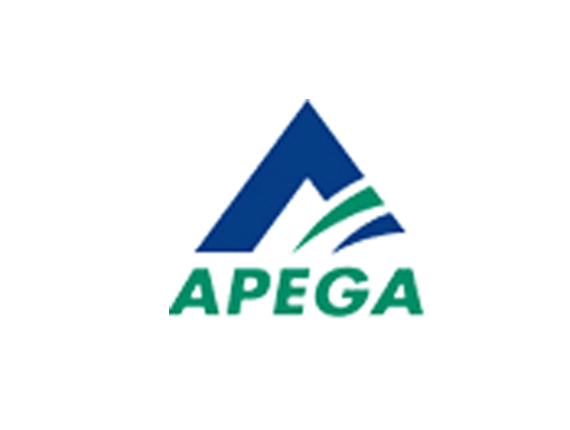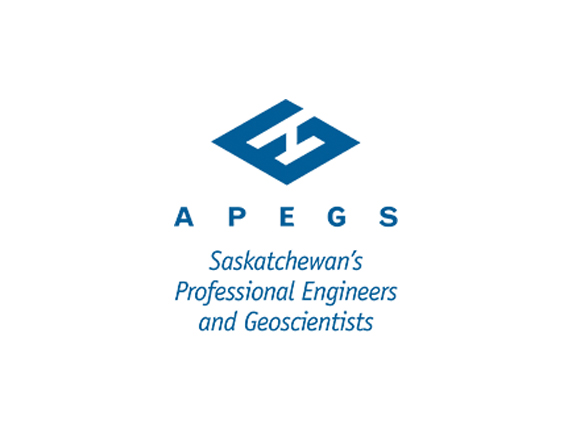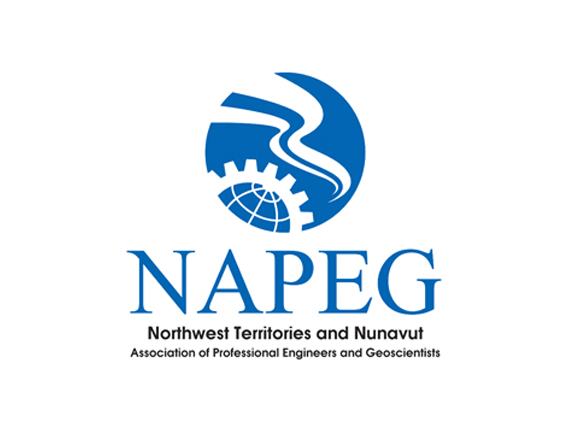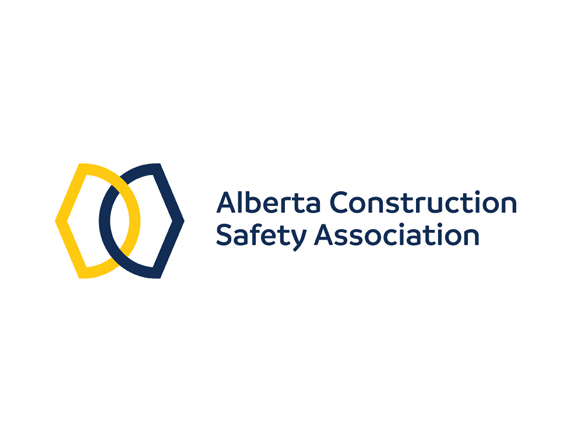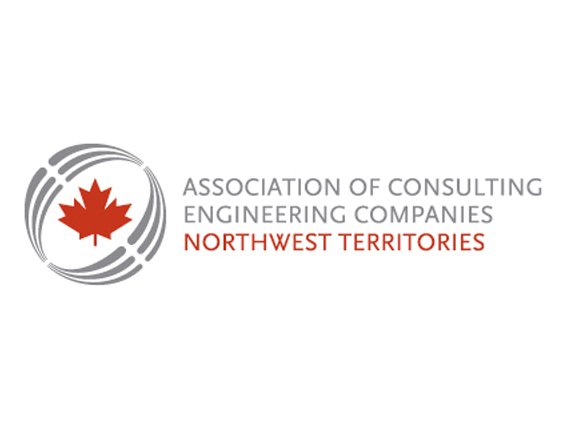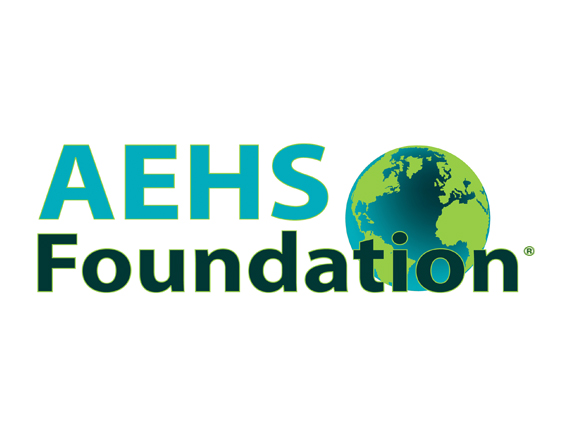Capabilities
Esker Consulting Ltd. (Esker) offers a wide variety of Environmental Engineering and Hydrogeological services for site assessment and remediation.
Esker’s spectrum of capabilities provided by our experienced staff enables us to methodically assess the environmental conditions of a site in accordance with regulatory guidelines to recommend a sound, strategic resolution to almost any type of environmentally problem. Esker provides professional engineering and geoscience services to municipal, upstream oil and gas, commercial, industrial, and mining clients in Alberta, Saskatchewan, Nunavut, and the Northwest Territories.
Our staff have completed assessment and remediation work in remote locations with extreme or sensitive environments including permafrost, wetlands, native grasslands and sites with limited or no road access. We understand the requirements stakeholder consultations and the complex logistics associated with transporting and temporarily storing equipment and chemicals on-site, as well as developing site-specific emergency response plans and health and safety planning. Remediation of some chemicals, like benzene in petroleum hydrocarbons, require specialized respiratory protection planning in advance of the work.
We aim to go above and beyond, working with all stakeholders to provide outstanding value, client service, scientific focus, and real-world technical excellence. Sound environmental decisions are made on sound environmental data collected and interpreted by experienced engineers, hydrogeologists and technicians. In contrast to automated software that can identify soil or groundwater exceedances compared to local or federal guidelines, we look beyond dense tables of chemical analyses to develop an overall site conceptual model – the story of the site. We integrate the information to illuminate the bigger picture, identifying what is important and what is not, before assessing the risk to receptors and exploring remediation options.
Site Assessment
Every site is a unique combination of site features, constraints, soils, groundwater conditions, environmental history, remediation timelines, objectives and priorities. Contaminated site management usually starts with an environmental site assessment (Phase I, II and III) to develop a site conceptual model integrating physical, chemical, biological data plus its spatial and temporal variations.
Esker employs dynamic work plans for intrusive site assessments. With most sites having little existing information and limited budgets along with numerous project uncertainties, the goal is to maximize data collection by taking full advantage every borehole, groundwater monitoring well or other environmental data collection point. Meeting this objective requires ongoing tactical decision-making and daily adjustments in the field based on actual observations, targeted field-screening as well as reliance on seasoned professional judgement and past experience. Efficient site assessment means getting the “right” amount of data to meet the program site assessment given the unique qualities of the property - too little environmental data can mean costly additional mobilizations to collect critical decision-making or regulatory information, and superfluous data implies the client’s money was spent for little purpose.
Where possible, Esker uses contractors who offer Geoprobe Systems® core drilling and real-time data collection technologies for intrusive site assessments. Differing substantially from soil samples collected off an auger-type drill, the Geoprobe drill is a hydraulically-powered direct push soil probing machine that uses both static force and percussion to drive steel boring rods into the subsurface. The system uses an outer casing that prevents borehole collapse while the soil core is driven into a single-use acetate liner. Esker staff have used this methodology for over 15 years and because of the reduced the potential for false data caused by cross-contamination between sampling intervals.
Other capabilities offered by Esker related to site assessment and management include preliminary groundwater assessments, groundwater authorizations (approval, licence, temporary diversion), groundwater monitoring program design, remedial action plans, Tier 2 and exposure control options, and approval/permit related groundwater and soil assessments at oil and gas or industrial facilities.
Remediation Options Analysis and Remediation Action Plans
After sufficient environmental site data has been compiled and integrated into a site conceptual model (the environmental story), Esker can complete a remediation options analysis. The essence this process involves formulating a treatment decision matrix to evaluate the suitability of various remedial options. The decision-making process incorporates theoretical and scientific concepts as well as and client-specific considerations, such as the technical feasibility of the remedial strategy, certainty in achieving remedial targets, cost, remedial timeframe, project risk, availability of experienced contractors, use of proprietary versus non-proprietary technologies, health and safety, and other factors. In the case of in-situ (treating contaminants in the ground) remediation, many sites require combinations of several technologies to achieve optimal results.
With every remedial alternative Esker develops an associated site-specific monitoring strategy, performance criteria, and an expected remedial timeframe. For in-situ remediation options especially, Esker also develops a contingency plan for implementation if expected results are not achieved. Specific progress benchmarks will be developed, which, if not met would trigger the re-assessment and modification of the technology, or else its abandonment in lieu of the contingency plan.
Remediation activities have an ecological footprint. “Dig and Dump” is common because of its simplicity, certainty of costing, speed and finality. The biggest drawbacks are the need to have a landfill or treatment area somewhere else, and the lack of actual remediation. Dig and dump is merely moving contamination from one site to another. Although dig and dump is sometimes the best option, it relies on an infinite provision of landfills and clean soil to backfill excavations, and for these reasons cannot be considered sustainable.
Supported by most regulatory bodies, today’s remediation options analysis in natural settings place great value on preserving ecological, hydrological and hydrogeological functions, reducing greenhouse gasses emitted by dig and dump, remediating soils such that they are useable by future generations, and minimizing site disturbance where possible. On some commercial/industrial or brownfield sites, excavation is difficult due to business interruptions, geotechnical risks of excavating near foundations, ground disturbance risks such as pipelines and other buried facilities, and practical constraints to the depth of excavation on size-limited sites. Excavation in saturated soils or below the water table presents engineering challenges.
In light of this context, Esker staff has over 15 years of specialized experience in developing remedial action plans using advanced in-situ technologies. Working with trusted remediation contractors and chemical suppliers in Western Canada, Esker has designed, implemented and managed in-situ and ex-situ remediation programs including advanced oxidation processes (activated persulfate, peroxide and percarbonates), bioaugmentation, thermal treatment, bioventing, air sparging, vapor extraction, biopiles, pump and treat programs for groundwater impacts and excavations in complex lithology, remote settings and with multiple stakeholders.
Remedial Cost Estimates and Specifications
Remediation can take time if groundwater contamination is present. Valid and comprehensive cost estimates are critical for site management and budgeting. Supporting information needed to produce reliable estimated remediation costs usually includes borehole logs, chemical analytical results, and scaled drawings to show lateral and vertical extent of contamination, plus actual or estimated values of physical characteristics such as porosity and dry unit weight that affect the quantity estimates. Costs of the associated verification program or monitoring are also calculated. Longer term projects may warrant a net present value analysis in calculating remediation and monitoring costs over time.
Esker’s basis for cost estimates can be combination of experience on similar projects, as well as remediation contractor estimates or proposals, where required. Esker has extensive experience in developing contractor specifications for in-situ remediation projects to incorporate performance metrics such as run time, mass removal, operations and maintenance costs, areas of influence and capture, air/water flowrates and analytical targets. Esker actively manages and monitors remediation systems over time to ensure the system is cost effective per kilogram contaminant removed to understand when remediation system should be shut down and decommissioned.

